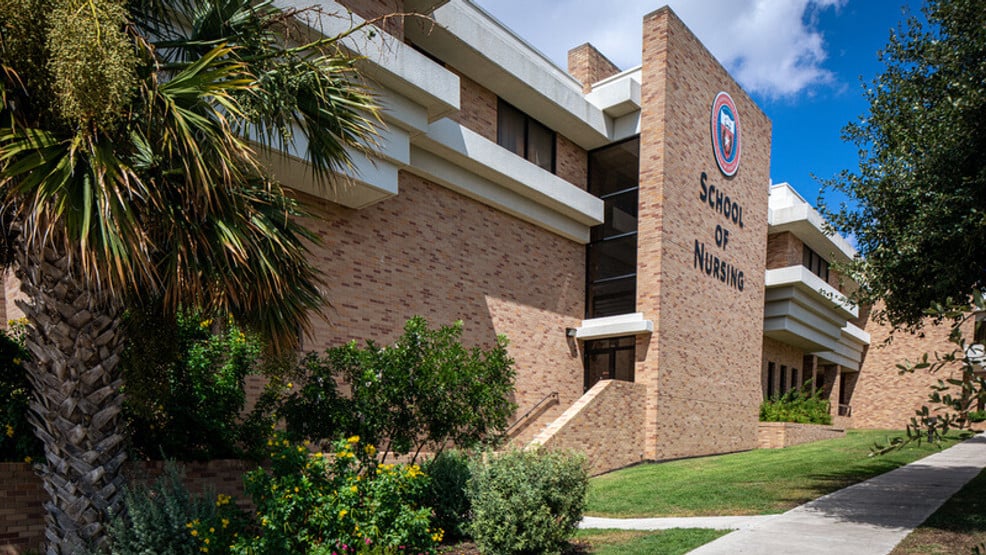Your last sentence/paragraph is exactly why the market won’t be flush with AAs/CRNAs-I think we have 10 years at least with demand>>>supply.
MD only practices, of which there are still many, will be replaced by direction or supervision. Per ASA statistics, 85%+ of these practices rely on stipends. Hospital margins still at all time lows. Hospital administrators don’t get the math correct, but they’ll still view direction and supervision as cheaper and to be fair large systems can save a few million switching although it’s usually not half of what they think they’ll save. It’s already happened in several big areas recently.
These new schools won’t be nearly enough to replace current retirees, switch over md only practices, and cover the increasing population with ever increasing anesthetizing sites. Crna school applications actually have gone down at many places as traveling nurses can make so much and crna schools come with a ton of debt too.
New crna/as grads are no different than new MDs. 40 hour weeks tops, often less, as they try and get 3 12s. Many have part time aesthetic clinics and other side hustles. They work when they want.
The shortage has at least 10 years..maybe much longer than that.

